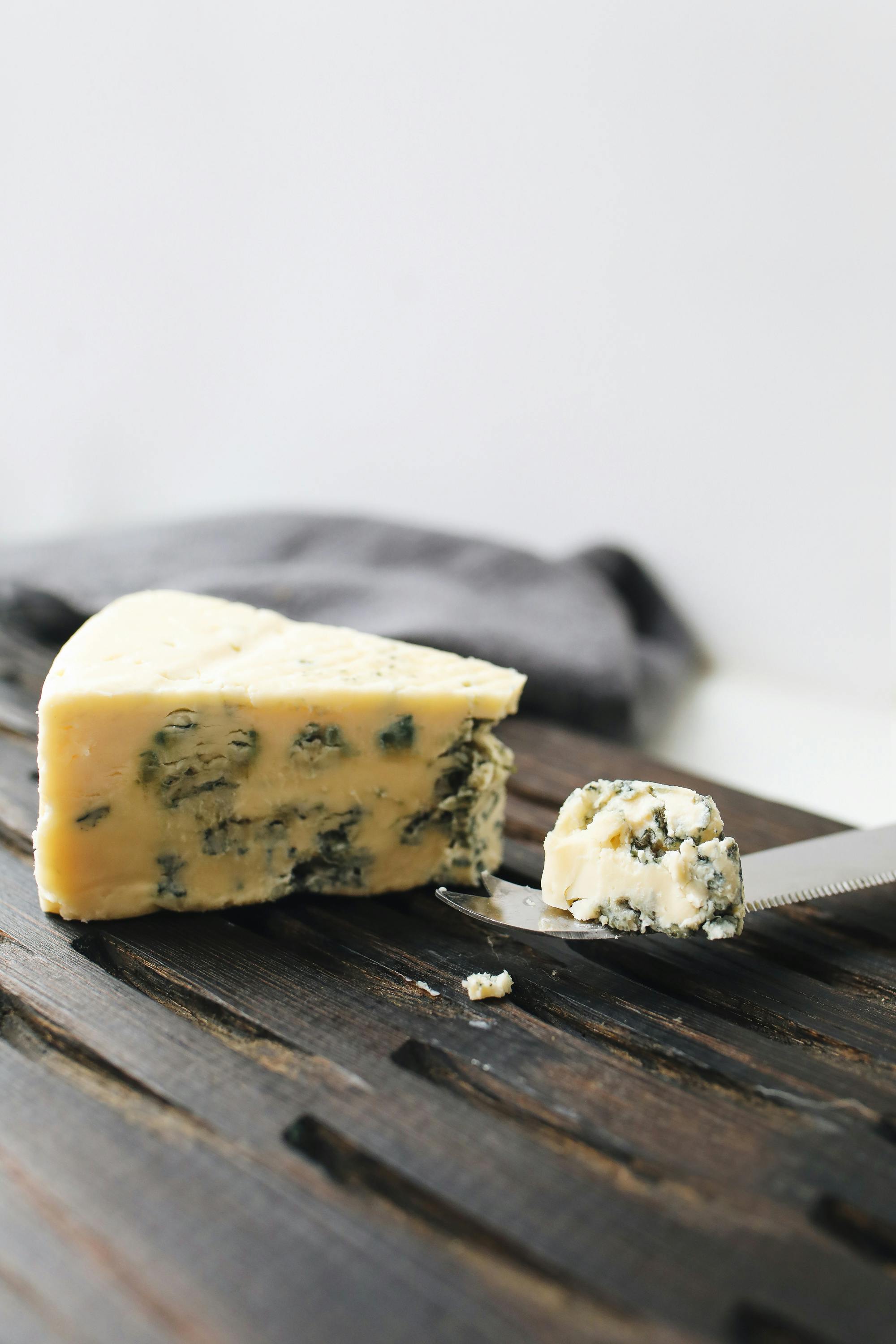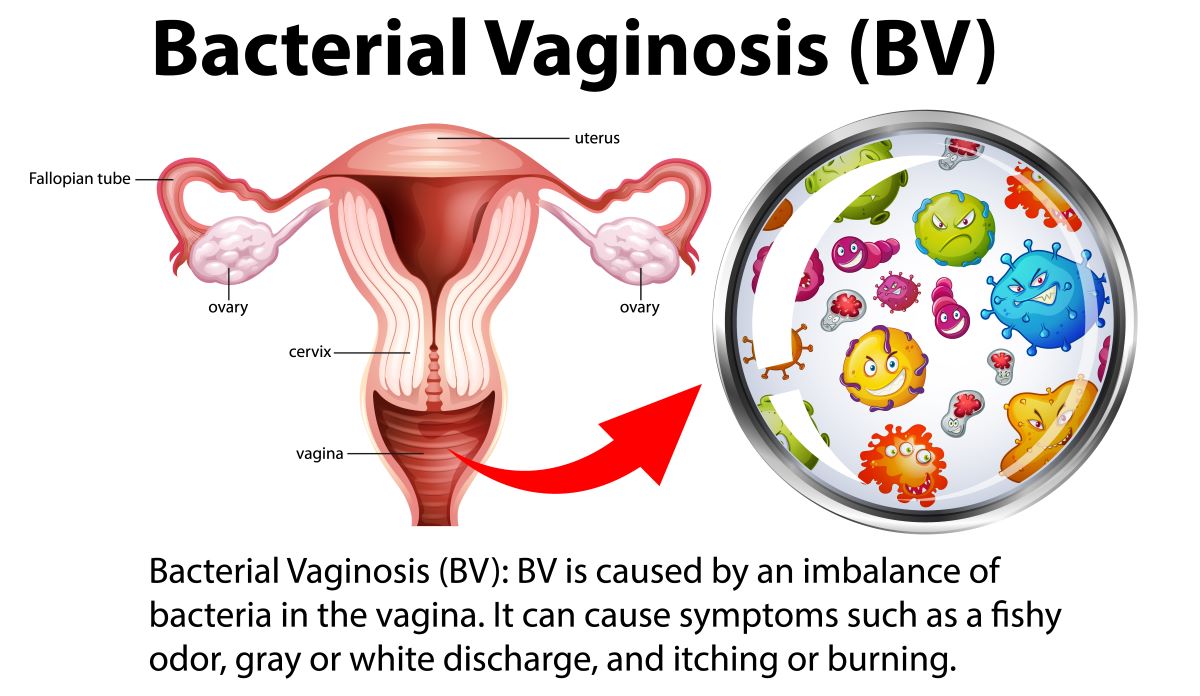
Apply Now


Top 5 Practical Ways to Manage Gout in 2025
Managing gout effectively requires a multifaceted approach that emphasizes dietary choices, lifestyle changes, and the understanding of one’s individual triggers. With improving research and advice evolving over the years, it's important to stay informed about the latest strategies in 2025. This article outlines five practical methods to manage gout, emphasizing a gout-friendly diet, hydration techniques, weight management, and effective meal planning. By implementing these methods, you can significantly reduce the frequency of gout flare-ups and improve your overall quality of life.Understanding Gout and Its Symptoms
Gout is a form of inflammatory arthritis characterized by sudden, severe pain, redness, and swelling in the joints, commonly affecting the big toe. It arises from an accumulation of uric acid, leading to high uric acid levels in the blood. Symptoms typically include intense joint pain, lingering discomfort, inflammation, and tenderness. Recognizing these symptoms early is crucial for effective management. Lifestyle choices play a significant role in gout management, particularly through dietary recommendations. Foods rich in purines—like red meat and certain seafood—can trigger gout flare-ups by elevating uric acid levels. Understanding gout and its triggers helps in effectively implementing preventative measures.Gout-Friendly Foods: Building Your Diet
A successful gout management strategy largely revolves around a low purine diet. Incorporating gout-friendly foods such as whole grains, fruits, and vegetables can immensely help in keeping uric acid levels balanced. Vegetables such as kale, spinach, and bell peppers are excellent options, as they provide essential nutrients without the adverse effects associated with high purine levels. In addition, including low-fat dairy products can assist in reducing gout symptoms and reducing the risk of flare-ups due to their ability to promote overall health. Choose protein sources that are lean, such as legumes and poultry, while minimizing the consumption of red meats and certain fish. Considering antioxidant-rich foods is also key. Foods high in vitamin C, such as citrus fruits and berries, contribute positively to lowering uric acid levels and reducing inflammation. Including omega-3 fatty acids found in fish options like salmon supports heart health, adding further benefit to a gout-friendly diet.Hydration: The Key to Managing Uric Acid Levels
Staying hydrated is one of the most effective strategies for gout management. Proper hydration helps to dilute uric acid in the blood, promoting its excretion through urine. Aim to drink at least eight glasses of water daily, while monitoring your hydration status with hydration tracking tools. Electrolyte balance can also play a role in maintaining hydration levels, especially if engaging in high levels of physical activity. Herbal teas and infused water can add variety to your hydration routine, making it easier to meet your daily intake goals. Being aware of alcohol's impact on dehydration is essential; limiting alcohol consumption can significantly benefit those managing gout. This naturally leads us to our next vital aspect of gout management: weight management.Weight Management Strategies for Gout
Excess weight is a significant risk factor for gout, as it can lead to increased uric acid levels and worsen the symptoms. Thus, achieving and maintaining a healthy weight through tailored dietary adjustments and regular exercise is crucial. Monitoring meal portions is an effective approach; mindful eating and using a food diary can help track your dietary habits and encourage healthy choices. Alongside dietary changes, integrating manageable exercise routines can enhance weight loss efforts and lower inflammation levels. Caloric intake should be balanced with physical activity to promote gradual weight loss without causing additional stress on the joints. Health professionals often recommend focusing on dietary fiber intake, which can help in weight loss and promote digestive health, further supporting overall well-being.Meal Planning for Gout Prevention
Strategic meal planning can simplify the management of gout by ensuring daily meals align with dietary recommendations. Preparing gout-friendly recipes in advance allows for greater adherence to a low purine diet while taking the guesswork out of meal choices throughout the week. When planning meals, aim for balanced nutrition with a focus on whole foods. Incorporate seasonal fruits and vegetables, which can enhance the variety of flavors and nutrients in your diet. Cooking methods also matter; opt for steaming, baking, or grilling to preserve essential nutrients and minimize the use of unhealthy fats. Portion control is another vital aspect of meal planning. Avoiding processed and fast foods helps to decrease sugar intake, thus minimizing gout flare triggers. Additionally, using herbs and spices can enhance flavor without raising purine levels, making meals both delicious and safe for those managing gout.Q&A: Common Questions About Gout Management
Can exercise help manage gout?
Yes, engaging in moderate exercise can improve your overall health and aid in weight management. Weight loss can lead to lower uric acid levels, which is beneficial for gout management. However, it's essential to avoid high-impact activities during a flare-up.What are common gout triggers to avoid?
Some common triggers include consuming purine-rich foods (such as red meat and certain types of fish), excessive alcohol intake, and dehydration. Monitoring these triggers is essential for effective management.How can hydration impact gout?
Proper hydration helps dilute uric acid levels, assisting in the prevention of crystals forming in the joints. It's advisable to drink plenty of water throughout the day and be mindful of drinks high in sugar, which can exacerbate symptoms.Are there dietary supplements for gout?
Yes, certain dietary supplements, such as vitamin C and omega-3 fatty acids, may assist in reducing inflammation and lowering uric acid levels. However, consult with a health professional before starting any new supplementation.What role do antioxidants play in managing gout?
Antioxidants contribute to reducing inflammation and boosting overall health, which is vital in managing gout symptoms. Foods rich in antioxidants should be included regularly in the diet.
Conclusion: Embracing a Holistic Approach
In conclusion, effectively managing gout in 2025 requires a combination of practical dietary strategies, hydration, weight management, and meal planning. By focusing on gout-friendly foods and staying informed about dietary recommendations, individuals can significantly improve their quality of life while minimizing flare-ups. Embracing these changes also leads to a healthier lifestyle overall. Utilizing resources and support systems can further enhance your gout management strategy. By following the guidance in this article and remaining proactive about your health, you can enjoy the benefits of better management of gout symptoms. Further exploration of healthy recipes and meal planning ideas can turn these recommendations into sustainable lifestyle changes.